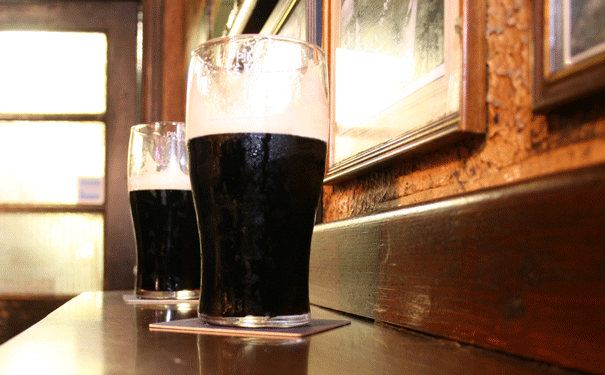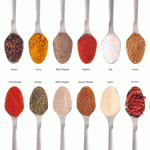
Bubbles in Guinness tend to sink. Image: Patricia Hofmeester/Shutterstock
Irish scientists believe it’s all in the glass.
If you’re drinking a glass of beer, you will usually see the bubbles starting to rise. But if your tipple is a stout beer, such as Guinness, the bubbles will start to sink — a phenomenon that has puzzled scientists and mathematicians for years.
Previous experiments and simulations suggested that the circulation of liquid in the glass carried the bubbles down, but the science behind this flow remained a mystery. In fact, they only recently proved that it wasn’t just an optical illusion.
Mathematicians from the University of Limerick in Ireland have now suggested that the shape of a pint glass may be the key. “If it narrows downwards, as the traditional stout glass (the pint) does, the flow is directed downwards near the wall and upwards in the interior and sinking bubbles will be observed,” they said in their report, published on arXiv.org.
“If the container widens downwards, the flow is opposite to that described above and only rising bubbles will be seen.”
Stout beers usually contain nitrogen, which is less likely to dissolve and will form smaller, long lasting bubbles than the carbon dioxide. But despite their size, they’re easy to observe, according to Dr William Lee.
“One of the things we found was it’s actually very easy to see bubbles forming in stout beer rather than in, say, champagne where the bubble formation process is much more violent.”
Using a simulated pint glass and an anti-pint glass (the upside-down version of the usual pint), the researchers determined that the shape of the glass, combined with relative density of the bubbles and the surrounding liquid, could be the cause of the strange behaviour.
While Guinness settling in a cylindrical glass will have bubbles that both rise and fall, the sloping wall of a pint glass causes the bubbles to move away from the wall. This means there will be a much denser region of bubbles next to the wall.
This region will then sink under its own gravity and pull other bubbles, including any that are trying to rise, down with it. “You’ll see sinking bubbles not because the bubbles themselves are sinking, but because the fluid is and it’s pulling them down with it,” Lee says.
The anti-pint glass supported the findings, as its bubbles rose to the surface.
Source: The University of Limerick






